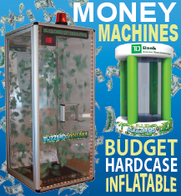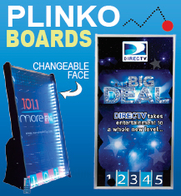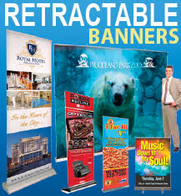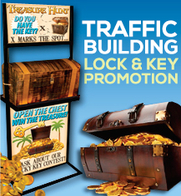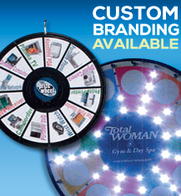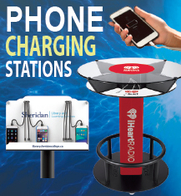 Once upon a time, everyone was a teller of tales. People told stories as they worked to pass the time or to pass along valuable information about their heritage. The art of storytelling evolved naturally because some people preferred telling tales of heroes, myths and legends while others preferred listening to them. Today in our fast moving world, the need to tell stories is perhaps greater than ever. Stories allow the masses to connect with ideas and dreams. They give them an excuse to move away from the 140 character bite to become immersed in something greater than themselves while sparking their imagination and intellect to open the doors of possibilities.
Once upon a time, everyone was a teller of tales. People told stories as they worked to pass the time or to pass along valuable information about their heritage. The art of storytelling evolved naturally because some people preferred telling tales of heroes, myths and legends while others preferred listening to them. Today in our fast moving world, the need to tell stories is perhaps greater than ever. Stories allow the masses to connect with ideas and dreams. They give them an excuse to move away from the 140 character bite to become immersed in something greater than themselves while sparking their imagination and intellect to open the doors of possibilities.
Stories involved many senses. The listener wants more than just seeing, they need to feel, taste, hear and smell. The more senses the story awakens the stronger is the listener’s interest. There are many places where a business storyteller can perform magic; movie theatres (product placements), television (commercials) and an exhibition (a careful blend of display hardware and well-prepared staff). Creating compelling stories is more than simple fabrication. It requires a thought out approach which, when executed properly, will make doing business easier. When a story is told in the context of your product or brand, it offers the customer a moment of entertainment. Here for a brief moment they can escape into another world, where they are the protagonist, and sense how your solutions might make a difference to them.
Stories are not just for those exhibitors in a B to C situation. B to B exhibitors also need to ask what appeals to their customers and build a story that satisfies this focus.
Tips for the Exhibition Storyteller
Appropriate
Select a story appropriate to the interests, and demographics of the audience. Think about some of the themes that major brands have used in their storytelling:
- · Sharing a beverage with friends;
- · Participating in the adventure of a lifetime;
- · Living a secret dream or ambition;
- · Finding a satisfying lifestyle;
- · Fulfilling a romantic fantasty;
- · Eating like a gourmet.
- · Being the recipient of praise from your boss and colleagues
These story themes are deliberately chosen to resonate with the specific desires and needs of the target audience.
Repetitive
If you have ever read to a child, you know that repetition of key phrases, concepts or the rhythm of the prose is what keeps their interest. In the past, brand messages, logos and colors have been an excellent way of reinforcing what you want remembered. But take your storytelling one step further and ensure that repetition is included in your entire exhibition plan: your promotional efforts, signage and graphics, clothing and most importantly how well your staff brings the story to life.
Build suspense
You want stories that build up suspense and result in a good climax, preferably tales where characters speak for themselves rather than in straight narratives. This is where your crafting is crucial. Storytelling is difficult. It might make sense to hire a professional writer to do the job. However, if you chose to do it yourself remember the process may require lots of re-writes until it’s right. Don’t be discouraged, with each draft you can solicit feedback and then incorporate these comments and ask for more.
Animate your story
Your story starts when your staff smile and make eye contact with a visitor. What happens next is crucial. When staff repeats, by rout, a story they have memorized it often comes across as boring and insincere. This is where the role of rehearsal is so important. Encourage your staff to tell the story in their own words then have them tell it to a colleague over and over again until it becomes second nature.
Develop a solid opener
Once you have introduced yourself to the attendee and engaged them in conversation begin your story with an opener such as:
- · “Let me tell you a story…”
- · “It goes like this…”
- · “It all began when…”
Pull it all together
A well crafted and executed story will bring the attendee to a place where they’re hanging on every word to find out how the story ends. At this point you move away from the story back to reality by saying something like:
“Let me tell you what happens…”
“As you can well imagine…”
“Our story has a happy ending…”
At this moment you unfold your happy ending in a way that delivers the solution your attendee was always looking for. Using a well-crafted story lets you stand out in a crowd of exhibitors busy pitching their products and services. It engages the visitor on a deep level and leaves them satisfied that your solution will alleviate the concerns they may have.
About the author:
Barry Siskind delivers over 100 keynotes, workshops, and seminars around the world each year. In addition to clients in North America, Barry has worked with exhibitors in Sao Paulo, Brazil; Bogotá, Columbia; Lisbon, Portugal; Bangkok, Thailand; Moscow, Russia; Zagreb, Croatia; and Quito, Ecuador. Barry Siskind, siskinditraining.com










